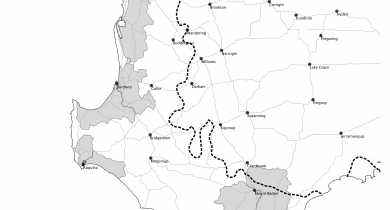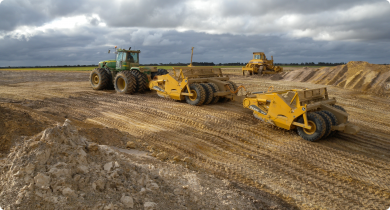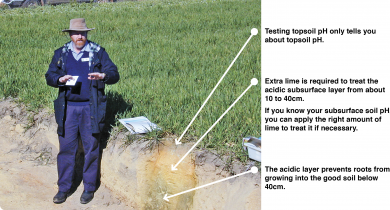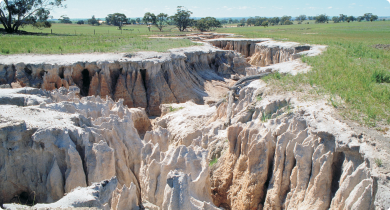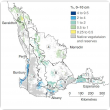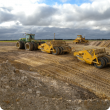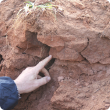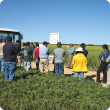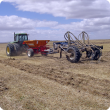Managing soils
Soil productivity is largely determined by its ability to provide water and nutrients to plants along with the way the soil constraints are being managed by growers. In many instances a particular soil will be constrained by more than one physical or chemical characteristic. In many cases, there are practical and profitable management options to reduce the effects of a constraint, leading to improved yields and profitability. Recognising soil constraints and their potential impact on agricultural systems is difficult, but very important. The department can provide the technical information needed for growers to understand the condition and properties of their soils, and develop management strategies to increase productivity and profitability and improve soil condition.
Filter by search
Filter by topic
- Production & postharvest (27) Apply Production & postharvest filter
- Crops (27) Apply Crops filter
- (-) Remove Soil management filter Soil management
- Grains (18) Apply Grains filter
- Soil acidity (17) Apply Soil acidity filter
- Liming (11) Apply Liming filter
- Grains research & development (11) Apply Grains research & development filter
- Soil constraints (7) Apply Soil constraints filter
- Wheat (5) Apply Wheat filter
- Soil compaction (3) Apply Soil compaction filter
- Waterlogging (3) Apply Waterlogging filter
- Water repellence (2) Apply Water repellence filter
- Plant nutrition (2) Apply Plant nutrition filter
- Soil nutrients (1) Apply Soil nutrients filter
- Resource assessment (1) Apply Resource assessment filter
- Fertiliser (1) Apply Fertiliser filter
- Measuring and assessing soils (1) Apply Measuring and assessing soils filter
- Pastures (1) Apply Pastures filter

